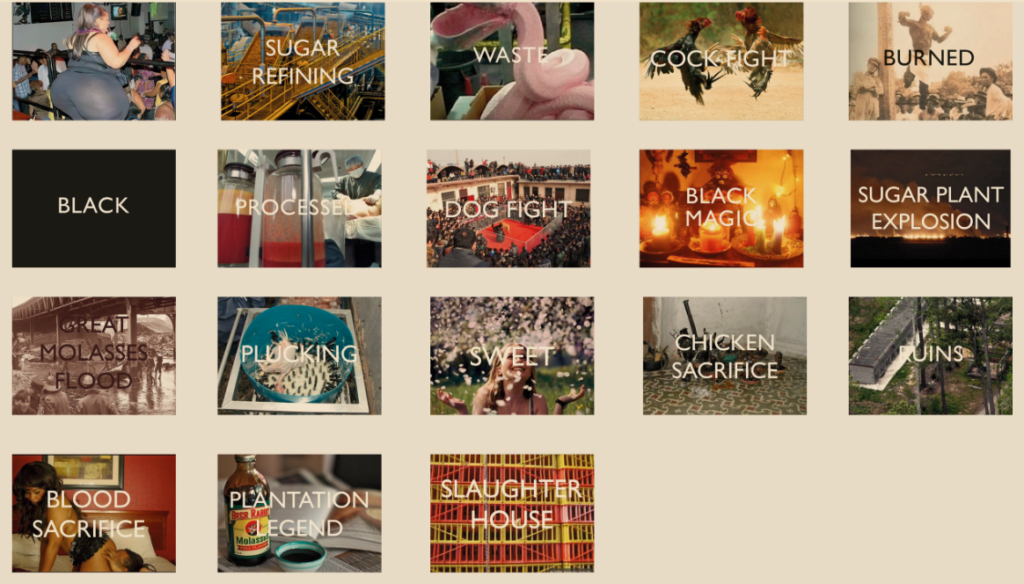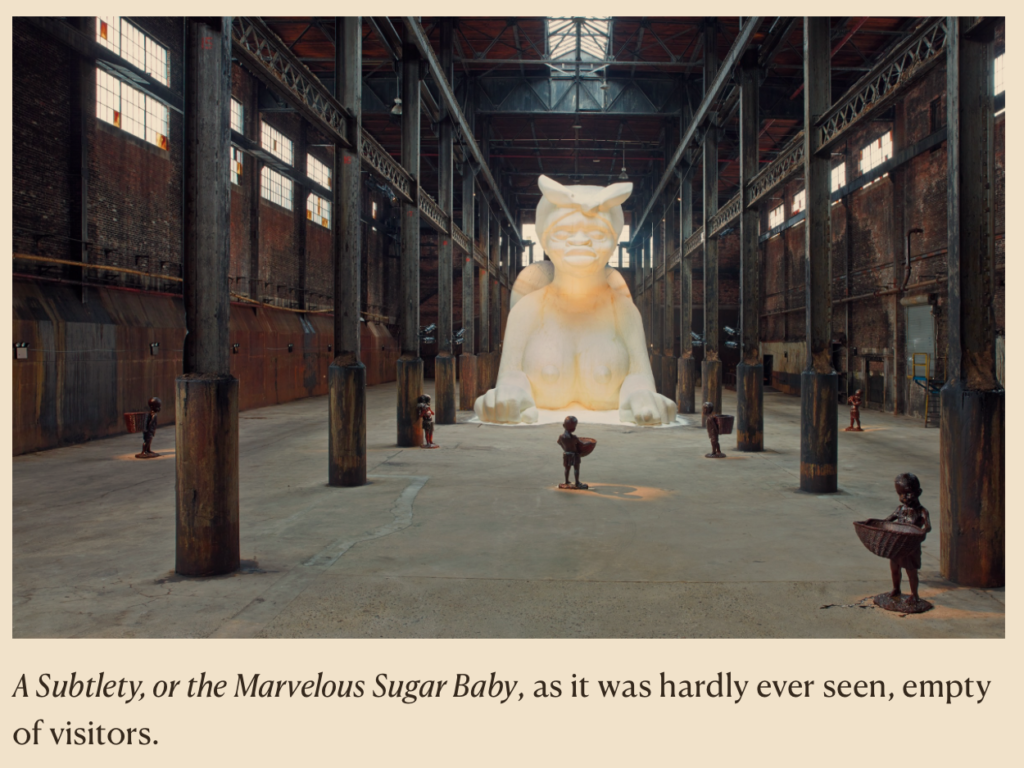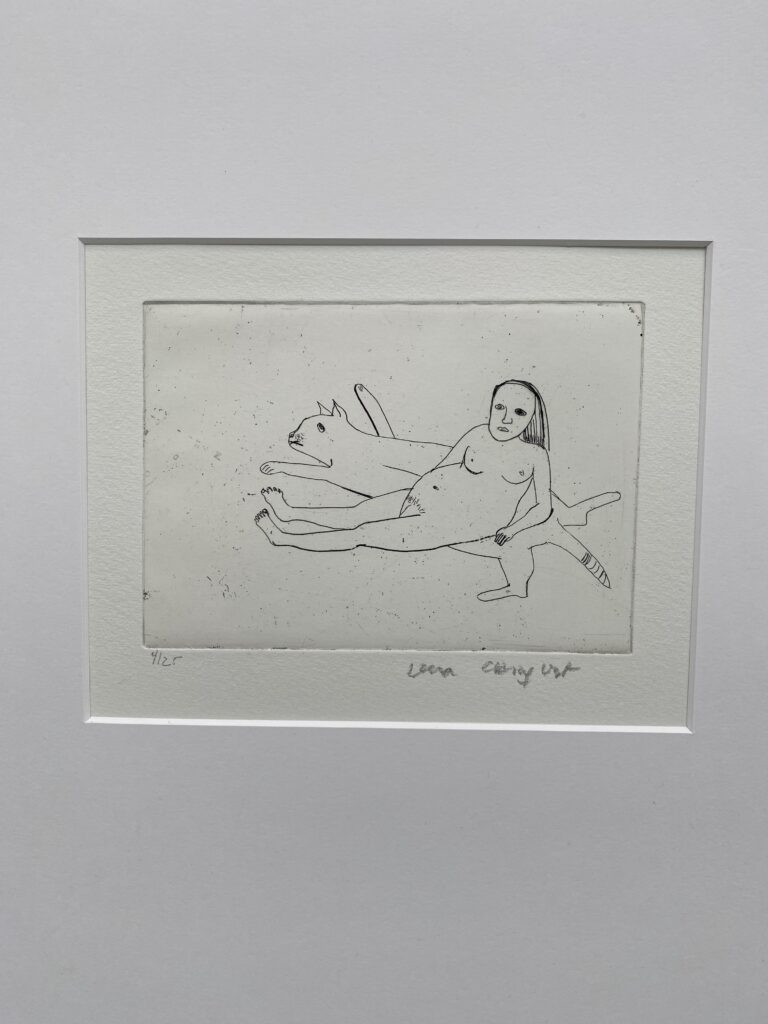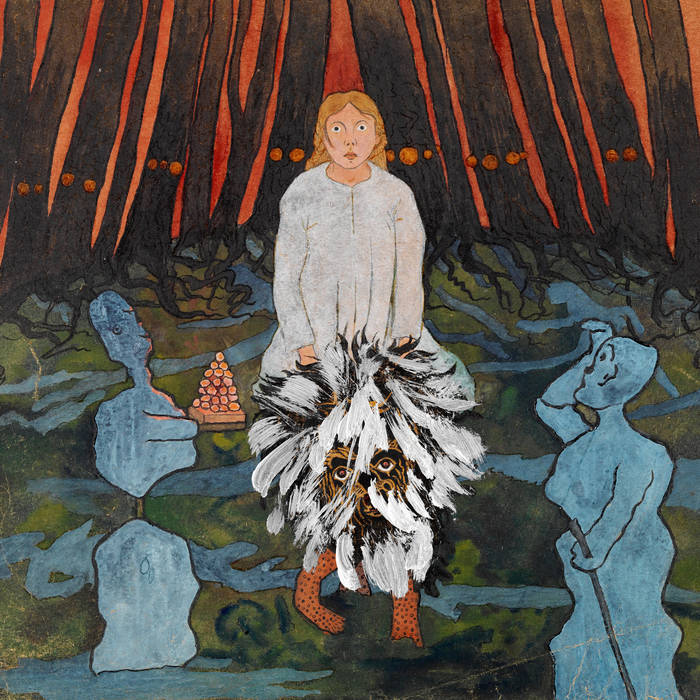Konstnären och forskaren Octavian Esanu har gjort det akademiska seminariet till en teaterföreställning när han i detalj har transkriberat och försökt fånga så mycket detaljer som möjligt från en seminarieserie som Fredric Jameson höll på Duke University 2003, om Theodor Adornos Aesthetic Theory.
Här är ett lite längre utdrag som exemplifierar det bra, där pauser, lite tystare kanske muttranden, ljuder av krita på tavlan och till och med hur en vissla från ett tåg som passerar registreras. Det inleds lite komiskt, med en kanske besviken Jameson konstaterar att ungdomen inte längre kan läsa tyska.
How many people read German? Let’s see, raise your hands…
[Silence.]
Well, that’s a pity because it would be nice to look at his work in German. But the… [Pause.] But whether all his books are still in print, or translated, I don’t know. The important book on Schoenberg is called The Philosophy of Modern Music… [Quietly: Philosophie der neuen Musik] and there are also little books he wrote on Mahler, on Berg, hmm, a sort of memoir of Berg.16 [Pause.] There is now an entire collection coming from Verso, a collection of his musical books, and what is that one called… [To himself: I was looking at it this morning, well I can’t remember it now but is very new… (Pause).] And finally, there is also the posthumous work on Beethoven that he was working on.17 You will see that Adorno is never philosophically continuous, as you can observe this in Aesthetic Theory, which proceeds by blocs of themes. There are paragraph breaks that correspond to various themes, and then you go on to another theme, and in a way the same thing is being said in all of those themes… [Choo-choo. Amtrak train whistle in the distance.] So, clearly there is a change of topic, and a sort of a shifting of gears. The fact that Beethoven essay was unfinished is maybe not necessarily the worst thing and there are a lot of other essays… [Choo-choo. Amtrak train whistle loud.] There are a lot of musical references in here. I don’t know to what degree we need to look into those. There are fewer references to the visual arts in Adorno and that we will have to make up for ourselves by trying to see how his aesthetics works across various arts. And in literature… [Pause.] Suhrkamp used to publish these little volumes, a little smaller than this [Holds Aesthetic Theory up], and there were four or five of these little volumes called Noten zur Literatur. Mm-hmm, and those have all been translated now, as… [Chalk on the blackboard] N-O-T-E-S T-O L-I-T-E-R-A-T-U-R-E.18 But these texts are not just on literature, there are also musical essays, there is an essay on essay… [Quietly: “Essay as Form,” which I hope we will talk abouant in this seminar] and others ones on Beckett, on surrealism, and so forth. And there are a number of literary references there, which I don’t… [Pause] you can decide later on for yourself whether you think that this perspective on the arts allows for criticism. Proust was very important to him but is he a good critic of Proust, I’m not sure about that… [Quietly: you can look at his Proust essay and decide for yourself.] There is a wonderful little essay on Dickens’ The Old Curiosity Shop and there are other titles as well. The German classics were important. He had a running kind of relationship with Benjamin, and they exchanged many letters which have been now published.19 [Clears throat.] Adorno read to Benjamin chapters of his work on Wagner, which I believe has also been translated as In Search of Wagner… [Quietly: Versuch über Wagner.]20 Maybe that would be also a place to look at Wagner’s work, where he illustrates the problem of value plus ideology, and if anybody knows anything about Wagner, they know about the role that’s played in it by a certain kind of nationalism, a certain kind of anti-Semitism, and all the rest of it. This is certainly one of the problems that comes up in Aesthetic Theory at a certain point, and we will look at that when time comes. But there is the other book on Wagner, which Adorno had connections with… [Mumbles indistinctly.]21 But overall music was very important for Adorno, and we will have a few sessions dedicated exclusively to music theory. Music also runs through Mann’s novel, which we will discuss.
Octavian Esanu, “[Door creaks open. Footsteps] Fredric Jameson’s Seminar on Aesthetic Theory“, The Public Domain Review, 2 april 2024
Hela seminariet finns i boken Mimesis, Expression, Construction: Fredric Jameson’s Seminar on Aesthetic Theory och jag kunde inte låta bli att läsa vidare i den. (Repeater Books har för övrigt gett ut något liknande tidigare i Postcapitalist Desire: The Final Lectures, där Mark Fishers sista kurs innan han dog ges lite samma behandling, om än inte fullt lika noggrant). James pratar där i början av kursen och ger som råd till studenterna om hur de ska läsa Aesthetic Theory under kursen, en slags studieteknik för det här uppenbart svårlästa verket (utgivet på svenska 2019 av Glänta):
Sometimes, I ask you to make a sort of journal of your readings, and just keep notes on your computer, which you regularly turn in, and which are in effect noticing things of interest, turns of phrases that you find interesting, cross-references that appear important to you, and so forth. I asked you to make a note of anything that catches your attention, but I think we won’t do it this time. What I was thinking… [Cough-cough. Jameson] is that you could on the other hand… [Quietly: that’s why I said earlier that you should not bother with the book’s index of themes] but try and make a kind of conceptual index for yourselves and send it to me. As you’re doing your reading of Aesthetic Theory, and as you noticing a theme appearing, invent a category, and a page number for that topic, and make a note on the appearance of the topic that could go a little bit beyond a word and page number. You can say, for example, here he discusses aesthetic autonomy in terms of this and that, hmm… [Hesitates], then here he attacks Kant, here he is engaging with Benjamin… [Pause] and so on and so forth. That way you would not be doing this index in a chronological way but rather in terms of themes that you are mapping out, as you’re going through the book. I think you may find that this method can give you an interesting way to engage with Adorno…
[Audience murmuring.] If the progression of the argument is the melody, so to speak, these themes are the harmonics of these melodies.
Strax därefter räcker en student upp handen:
[Student raises hand.]
JAMESON: Yes.
STUDENT: This conceptual index can be handed…
JAMESON: Come again. Can be…?
STUDENT: Can be handed over instead of being sent by email?
JAMESON: [Surprised.] Oh, people don’t use computers anymore, yes, of course, sure, sure, yes, print it and hand it to me.
[Long pause.]







